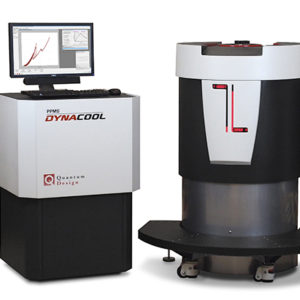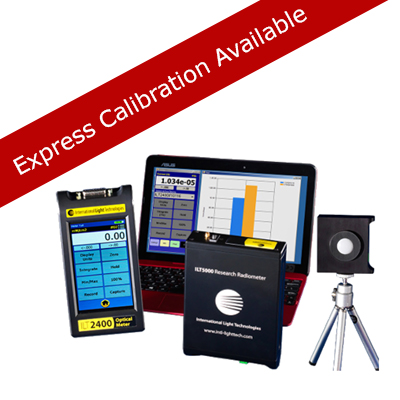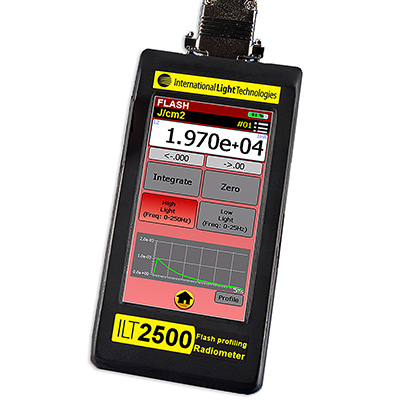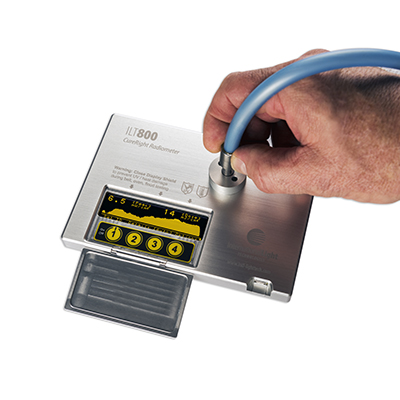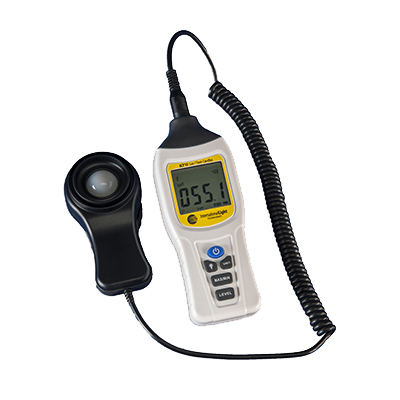International Light Light Meter Calibration Services
ISO 17025 Accredited Calibrations
All instrumentation requires periodic re-calibration to ensure proper operation. In addition, extreme operating conditions (UV, heat, and dirt) can degrade optical performance potentially requiring an increase in re-calibration frequency. Annual re-calibration provides a relatively inexpensive guarantee of accuracy. Accurate readings translate into more efficient production processes, more reliable research and safer medical procedures.
International Light Technology’s full service calibration lab offers ISO 17025 Accredited (UKAS recognised) calibrations and certifications that are also N.I.S.T. Traceable.
If your specific system is not listed or if you have a question on our calibration services or capabilities, then please contact us directly.
Calibration and testing capabilities include Monochromators, Spectrometers, Spectroradiometers, Radiometers, Photometers, Lux meters, UV meters, UV, VIS and IR Light Sources, Photodetectors, LED’s, Lamps, Light booths, Filters, Cuvette transmission, Integrating spheres, reflectance standards and more. To verify that your system is supported, please visit the International Light website link here




